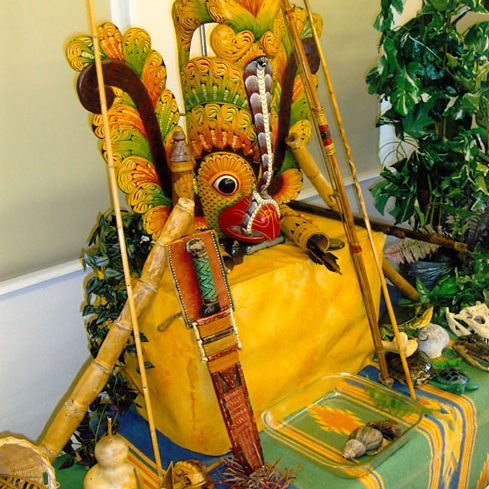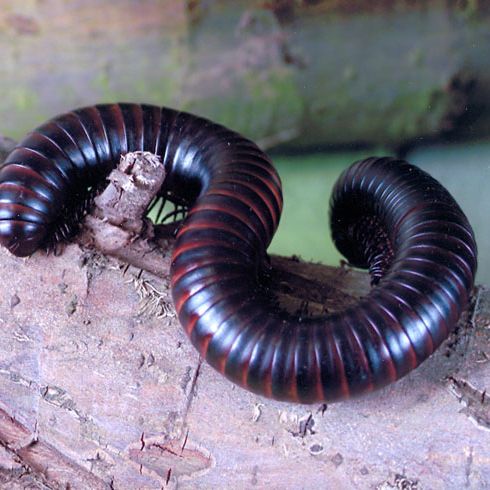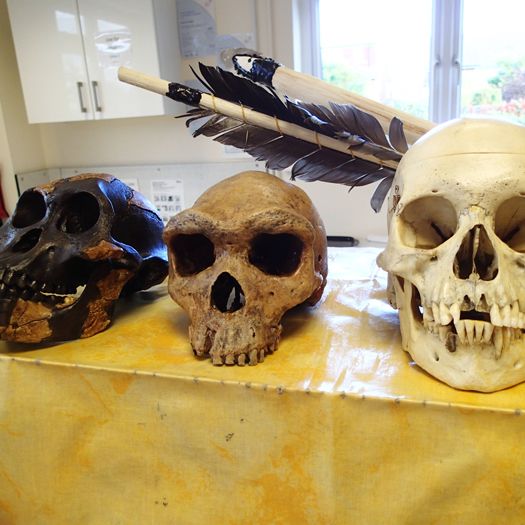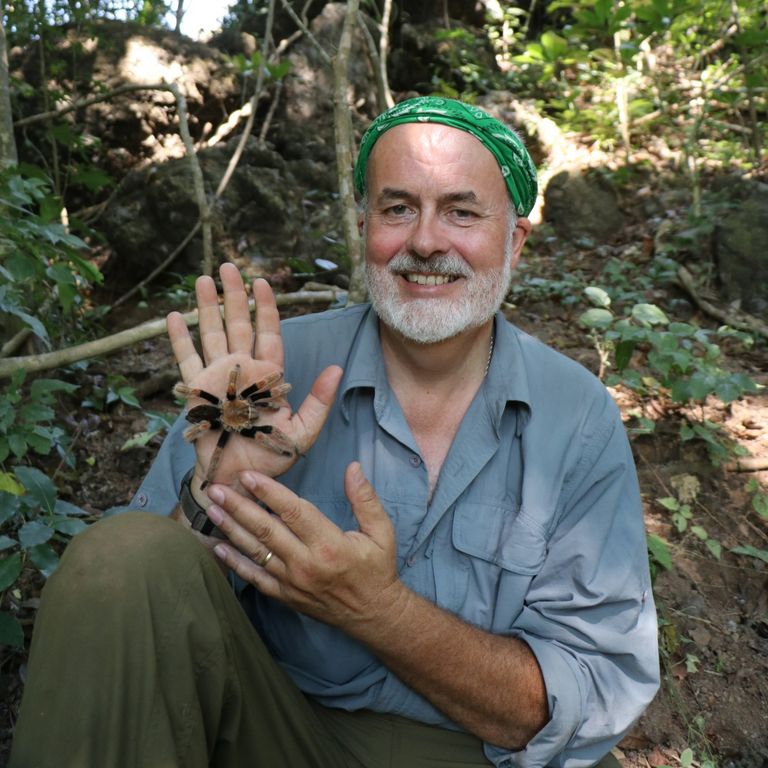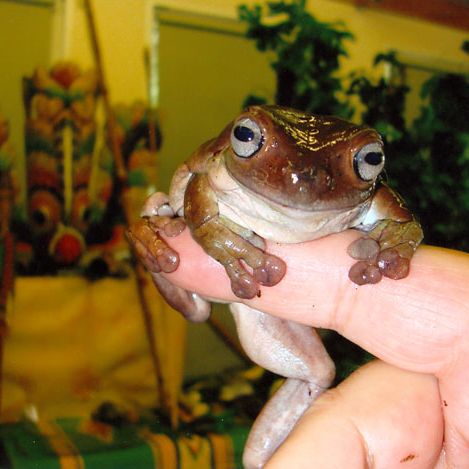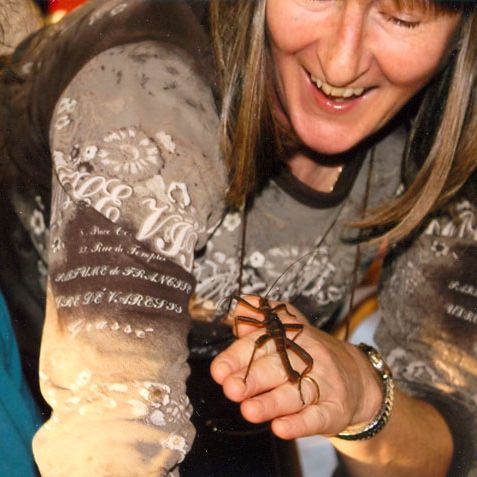RISK ASSESSMENT
Name of Assessor – Andrew Smith
Activity/Process/Operation – Both workshops utilise cold blooded vertebrates and invertebrates in National Curriculum linked science demonstrations. These workshops are designed to visit the school and usually take place in a hall, music room or spare classroom. The workshops are designed for individual classes or year groups. Our animals or workshops are not suited for whole school assemblies. The workshops are designed specifically for Early Years, Primary (key stages 1 &2) and Special Schools.
Demonstator – Andrew Smith is a fully qualified school teacher – Teacher Ref. No (for reasons of security please e-mail andrewsmithbugs@yahoo.co.uk for the number) with 22 years classroom experience. He has an up-to-date DBS - Enhanced Disclosure. A copy of this document, his animal licence and a copy of his insurance policy plus invoice are automatically sent to the school on booking a workshop. A hard copy plus identification accompany him on the day of the workshop for verification. He is an elected scientific fellow of the Zoological Society London and Research Associate of the Natural History Museum.
What are the hazards to health and safety? – As both teachers and children have the opportunity to touch live animals, the following problems must be considered in the context of a health and safety assessment – these include biting, scratching, unexpected rapid movement, dropped animals, micro-organisms and contact with animal faeces. Reptile/Invertebrate workshops generally avoid the hazards associated with hair, dust, faeces, bodily fluids and feathers that are associated with mammals and bird. There is also the small risk of salmonella/campylobacter – but it should be stressed is far less likely than in farm animals, cats, dogs, hamsters, rabbits, caged birds or even chicken in supermarkets fridges! 65% of all supermarket chicken carries campylobacter.
What risks do they pose and to whom? – The key potential problems, when working with live animals (specifically the vertebrate class reptiles/amphibians and invertebrates) essentially evolve around a child being scratched or bitten or panicking and dropping a live animal and both experiencing trauma. There is also the trauma that some children feel when seeing large snakes. When working with any animals bacteria must be taken into consideration and the school must decide if vulnerable children and adults (poor immune systems or pregnancy) should come into physical contact with live animals. New Wold tarantula spider’s often have urticating hairs on their abdomens, which can cause irritation. With our spiders, the hairs have been removed by the demonstrator and thus no longer pose a problem.
What precautions have been taken to reduce risk? – All children are fully inducted at the beginning of each workshop into a set of rules when working with live animals. These roles are intended to give the children the option (thus allaying fears) of handling/or not handling – which can be indicated by folding arms. The children are then asked to ponder on the health and safety of the animals, which include low noise, gentle touching and not pulling hands away. No animal is placed on a child’s hands without the additional support of the demonstrator. No animal that can bite or scratch is ever placed on a child or adults hand. Tarantula spiders are never placed on a child or adult’s hand and snakes are never placed around a child or adults shoulders. Children at the beginning of the workshop are told never to put fingers in their mouths and the necessity of washing hands at the end of the workshop. These instructions are again repeated at the close of the workshop. Children who are observed with open cuts on their hands are told that they cannot touch until a waterproof dressing has been applied.
It should be noted that as we only use cold blooded animals. We do not use any vertebrate animals that have fur or feathers – thus reducing the risk of an allergic reaction to a minimal level. All of our animals are also grouped into two categories - (1) those animals which, are intended to be for display only (no physical contact) (2) those animals which are deemed to be child friendly. Essentially the children do not come into contact with any animal which can bite, pinch or scratch or is ascertained to be fragile or likely to be subject to stress. These include, crabs and African forest scorpions, which pinch and scratchy giant beetles or scratchy giant stick Insects. Geckos, chameleons and tree frogs, on the other hand, are susceptible to becoming stressed – thus again physical contact does not take place. Some giant stick Insects, it should be noted, are only placed on clothing as they possess sharp claws for climbing. Animals such as snakes are chosen for their mild temperament, small size and are palmed when stroked – so that only the body can be touched. The demonstrator also palms the tarantula spider so that only the front legs can be stroked. Millipedes (being fragile) are held by demonstrator and the children experience the tickle and Velcro effect of their myriad of legs on the palm of their hands! The tropical cockroaches that we use were collected and are captive bred specifically because they have soft claws and are relatively slow.
Risk Level H/M/L: Low
What further action is needed to reduce risk? – It is important that members of staff are present insufficient numbers and play an active supervisory role. Emphasis is on making the children aware that they are expected to behave in a calm and orderly fashion to ensure the health and safety of the animals. Noise should be kept to a minimum. Some of the animals are displayed on an exhibition carpet area - when demonstrating movement. For the safety of the animals, children must not step on to this carpet unless specifically invited to do so. If before the show a child is discovered with an open cut on their hand, the wound should be dressed or enclosed in a latex glove. All children after the show should be supervised and made to wash their hands with soap and water. Wipes by themselves are not sufficient, nor is antiseptic gel a replacement for soap and water - only a temporary substitute on the way to the toilets. No child should ever be allowed to consume food or drink in the presence of the demonstrator and fruit breaks must take place away from the display area. No child should have access to the demonstrator during the morning or lunch breaks unless accompanied by a supervisor.
COVID – Amendment 2021.
We have quickly come to realise that every school we have visited has a completely different set of COVID rules. We evolve around you. A visor style mask is worn in the workshop if requested and a mask is worn when moving around the school. Hand sanitation for us has always been an ongoing priority – working with live animals.
Temporarily – we have suspended the use of the blow-pipe in the Rainforest workshop – and we no longer dress a child up in a Dayak costume.
Click below for more info
Contact us : andrewsmithbugs@yahoo.co.uk
© Andrew Smith 2025
We need your consent to load the translations
We use a third-party service to translate the website content that may collect data about your activity. Please review the details in the privacy policy and accept the service to view the translations.

